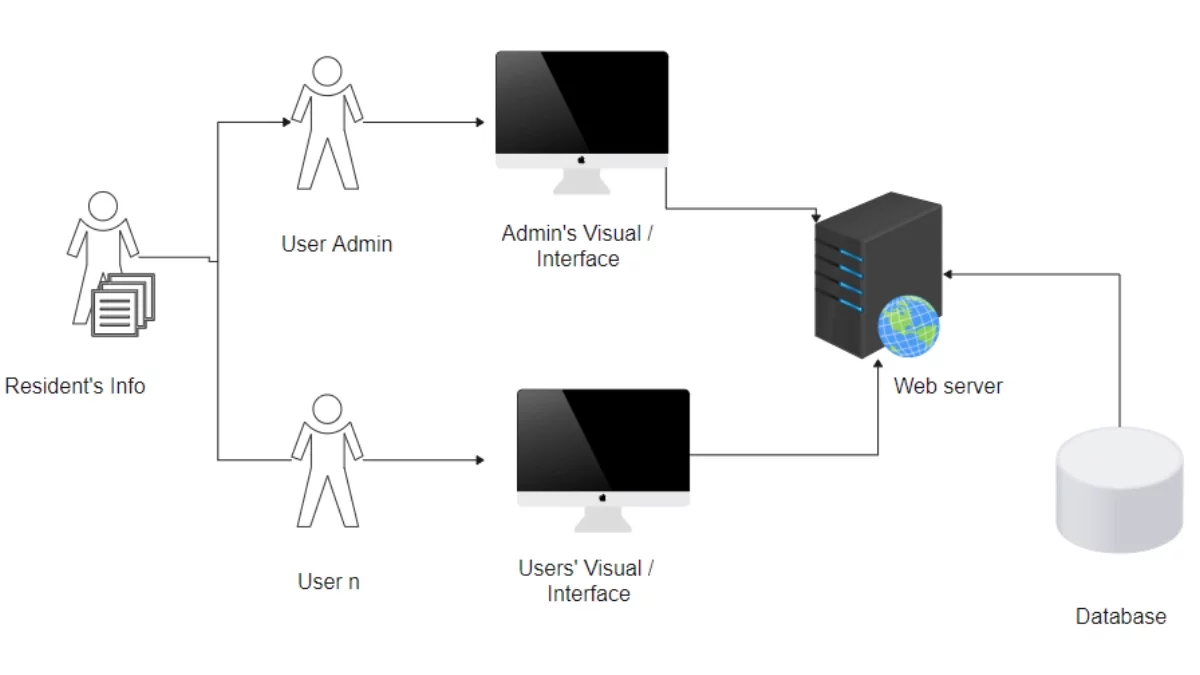IT Systems Architecture
One of the most crucial aspects of any business is its IT systems architecture. However, it is not uncommon to see that IT systems of many organizations are still behind when it comes to adopting modern architecture methodologies. This can lead to several issues, including decreased productivity, security vulnerabilities, and slow system response times. To cope up with the ever-evolving technology landscape, it is essential to understand how your business stands in relation to the architecture curve.
The concept of IT systems architecture is focused on the efficient design, implementation, and maintenance of an organization’s IT infrastructure. A sound architecture system guarantees that your systems are aligned with your business objectives and functions in an optimal manner.
The IT architecture of your company may have either been strategically designed or might have evolved organically without a specific plan. A strategically decided architecture is typically aligned with the business strategy, ensuring a smooth and efficient workflow. Nevertheless, this can become outdated if it isn’t reviewed frequently. On the other hand, an architecture that has evolved without a plan may lead to redundancies, inefficiencies, and misalignments with your business goals. To maintain a competitive edge in the dynamic business environment, it is crucial to regularly review and update the existing IT systems architecture to ensure that it supports and drives the business strategy effectively.
Table of Contents
IT architecture involves multiple steps
The process for reviewing your IT architecture involves multiple steps and can be carried out by either internal teams or external experts if you hire outside IT support services. The review process usually begins with an assessment of the current architecture – analyzing the state of the systems, solutions, and technologies in use. This involves detailing the hardware, software, data storage, and networking systems in place. The next step is to evaluate the current architecture against the business objectives and goals. This involves identifying any gaps, redundancies or incompatibilities that are hindering the business processes. Once these gaps are identified, the next step is to propose changes or improvements. The final step is implementing these changes and monitoring their impact. This involves planning the changes, executing them, and then monitoring to ensure they are delivering the desired results.
If an organization has a knowledgeable and skilled internal IT team, they can perform this review. However, if the organization lacks the required expertise or resources, it could be beneficial to engage an external IT consultant or expert. External experts offer a fresh and unbiased perspective, along with specialized knowledge and experience in the latest technologies and methodologies. Here are the key areas that will help you decide if your IT architecture needs a refresh.
The Different IT Systems Architecture Models
There are a few major models that businesses may choose when designing their IT systems architecture. The most common are the monolithic model, the service-oriented architecture (SOA), and the microservices architecture. The monolithic architecture is the traditional approach where all the components of an application or system are designed to work together. This approach has some challenges as updates or modifications to any single component may result in the whole system needing to be retested. SOA architecture aims to break down large and complex systems into modular, decoupled, and reusable services that can be reused across different applications. Microservices architecture, on the other hand, provides even more flexibility as it includes many small, independent services that communicate with one another through APIs. Understanding these models is crucial for businesses that want to evaluate their current architecture model and determine whether it aligns with their business needs.
The Importance of Scalability and Flexibility
One of the primary objectives of IT systems architecture is to ensure that it is scalable and flexible as businesses change and grow. Scalability means that your system can handle increased load as the number of users or transactions increases. Flexibility refers to the ability of your system to evolve over time, which would be useful for businesses anticipating future changes in industry trends and customer behavior. Organizations need to be intentional about planning and execution to adopt an architecture that can accommodate changes in business operations effectively. Inadequate planning and execution could lead to the frustration of not being able to scale systems adequately when the need arises.
Security and Governance in IT Systems Architecture
Security and governance should be at the forefront of any IT systems architecture strategy. A poorly designed and implemented system could expose a business to cyber-attacks and data breaches. The extent of IT security vulnerabilities can be daunting, and system architects must have a thorough understanding of the organization’s compliance regulations and data management constraints. Governance and risk management should be incorporated into the final design by enabling security features and measures from the blueprint phase. This approach ensures that the system’s safety features and protocols are built-in from the ground up, which should significantly minimize risks.
Modern Development Practices in IT Systems Architecture
Modern development practices such as Agile, DevOps, and Continuous Integration/Continuous Delivery (CI/CD) can significantly aid IT systems architecture. These methodologies prioritize faster development, continuous testing and release capabilities, and increased collaboration amongst team members. Implementing these practices alongside robust system architecture design can enable technical teams to respond more efficiently to business opportunities. However, the incorporation of these practices requires a shift in the cultural mindset of businesses, which could take more time to adopt fully.
IT systems architecture remains a crucial element of any organization’s success, and the importance of adopting modern methodologies cannot be overemphasized. As outlined in this post, there are critical factors organizations must consider to evaluate the alignment of their architecture systems with business goals. This includes understanding the different IT architecture models, scalability, security and modern development practices.


